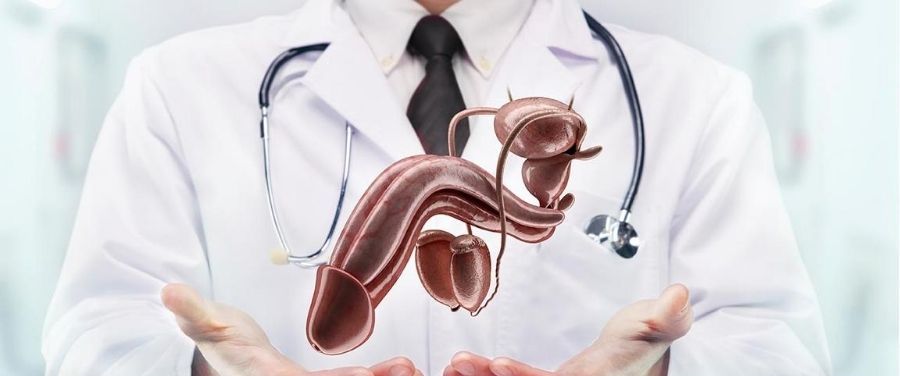WHAT IS PEYRONIE’S DISEASE?
Peyronie’s Disease is a condition in which human penis gets bent. It results from fibrous scar tissue that develops on the penis and causes curved, painful erections. Sometimes it is not a cause of concern but in some cases it causes a significant bend or pain in some men.
Peyronie’s Disease can prevent you from having sexual intercourse or might make it difficult to maintain an erection. It is estimated to affect about 10% of men. The condition becomes more common with age. [Trusted Source 1]
CAUSES:
The cause of Peyronie’s disease isn’t clearly understood, but a number of factors may be involved. It is believed that Peyronie’s disease is a result of repeated injury to the penis. Injury to the penis may occur during sex, athletic activity or in an accident. After injury to the penis, scar tissue forms in a disorganized manner during the healing process. It may lead to the development of curvature.
Each side of the human penis contains a spongelike tube, called corpus cavernosum. It contains many tiny blood vessels. Each of the corpora cavernosa is enclosed in a sheath of elastic tissue called tunica albuginea, which stretches during an erection. When you get sexually active, blood flow starts to increase in these chambers.
As these chambers fill with increased blood, your penis gets straight and expand. In Peyronie’s disease, the region with the scar tissue doesn’t stretch when the penis becomes erect, and the penis gets bend or becomes disfigured.
SYMPTOMS:
In 70 percent cases, Peyronie’s disease plaques form on the top of the penis. It makes tunica albuginea less flexible and can cause the penis to bend upwards when it stiffens. [Trusted Source 2] [Trusted Source 3] —
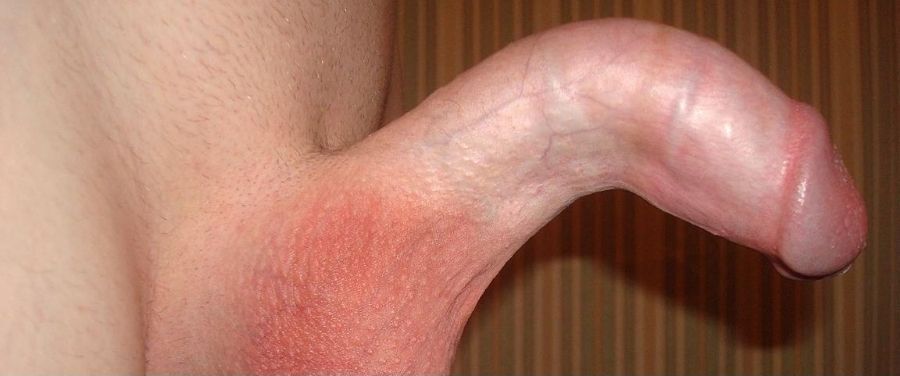
On the other hand, if it form on the bottom or side of human penis, the bend will be downward or sideways. In bad cases, Peyronie’s disease plaques may collect calcium and get very hard, almost like a bone. Men may also observe that their penis has shrunk or gotten shorter.
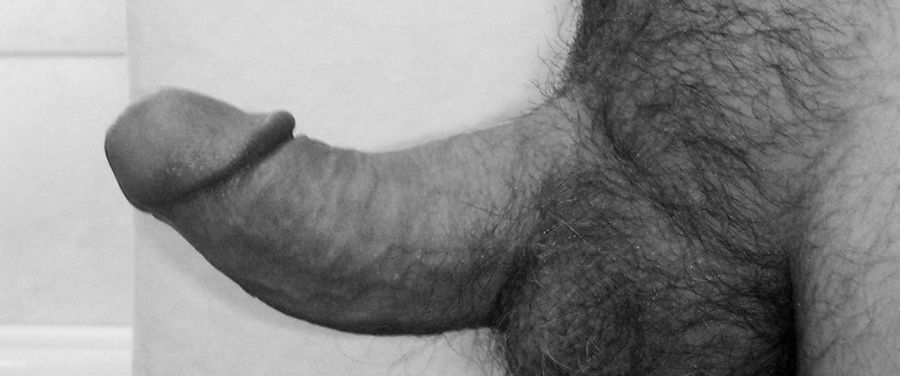
The most common sign and symptoms of Peyronie’s disease include [Trusted Source 1] [Trusted Source 3] —
- Bent or Curved Penis. In this disease, penis might curve downward, upward or bend to one side.
- Shortening of the Penis. Your penis might get shorter as a result of Peyronie’s disease.
- Soft Erections. It might cause issues of getting or maintaining an erection (erectile dysfunction).
- Painful Erections. You might have trouble while having an erection.
COMPLICATIONS:
Complications of Peyronie’s disease might include —
- Penile pain
- Reduced length of penis
- Inability to have sex
- Difficulty getting or maintaining an erection (erectile dysfunction)
- Stress on your relationship with your sexual partner
- Stress about the appearance of your penis or sexual abilities
- Difficulty fathering a child, because sexual intercourse is difficult or impossible
DIAGNOSIS:
To diagnose Peyronie’s disease, a physical exam is sufficient to recognize the presence of scar tissue in the penis. Tests to diagnose Peyronie’s disease might include the following [Trusted Source 1] [Trusted Source 3] —
Physical Exam:
Your doctor or health care provider will palpate your penis when it’s not erect, to identify the amount and location of scar tissue. Your doctor might also measure the length of your penis and might ask you to bring in photos of your erect penis taken at home.
Ultrasound:
Ultrasound is the most commonly used test for penis abnormalities. Your health care provider might take an ultrasound or x-ray to examine your penis when it’s erect. These tests can show blood flow to the penis, presence of scar tissue and other abnormalities. Before testing, you’ll likely receive an injection directly into the penis that causes it to become erect.
TREATMENTS:
— Surgery
Common surgical methods include [Trusted Source 1] [Trusted Source 3] —
Nesbit Operation:
It is a type of penile straightening surgery. It is performed when penis is too curved to permit sexual intercourse. The procedure may take approx. 1.5 to 2 hours, dependent on the severity of the curvature. [Trusted Source 4]
It should be done only by highly skilled urological surgeons.
— Medications
Many oral medications have been studied to treat Peyronie’s disease but results so far have been mixed. They are not as effective as surgery. In some men, direct medication injected into the penis might reduce the symptoms associated with Peyronie’s disease. If you’re taking one of these treatments, you’ll receive multiple injections over several months. Medications may include —
Collagenase:
Collagenase clostridium histolyticum is a medication used to treat Peyronie’s disease caused by a certain protein (collagen) in the body. It is sold under the brand name Xiaflex.
Interferon:
It is a type of protein which helps to disrupt the production of fibrous tissues and help break them down. It has been shown to reduce penile pain with Peyronie’s disease.
— Penile Traction Therapy
Penile therapies can play a vital role if doing in a right manner. It involves some mechanical devices that come in different sizes and shapes.
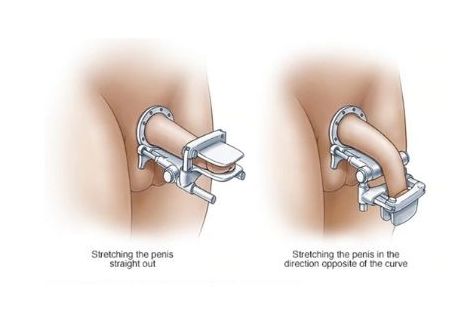
You have to wear these devices on your penis for at least 30 minutes to 8 hours a day to achieve maximum benefits. The effectiveness may depend on the specific device used.
PHOTOS FOR PEYRONIE’S DISEASE (PENILE CURVATURE):
My friend, Brian, send me some photos of Peyronie’s disease, which I am sharing with you.
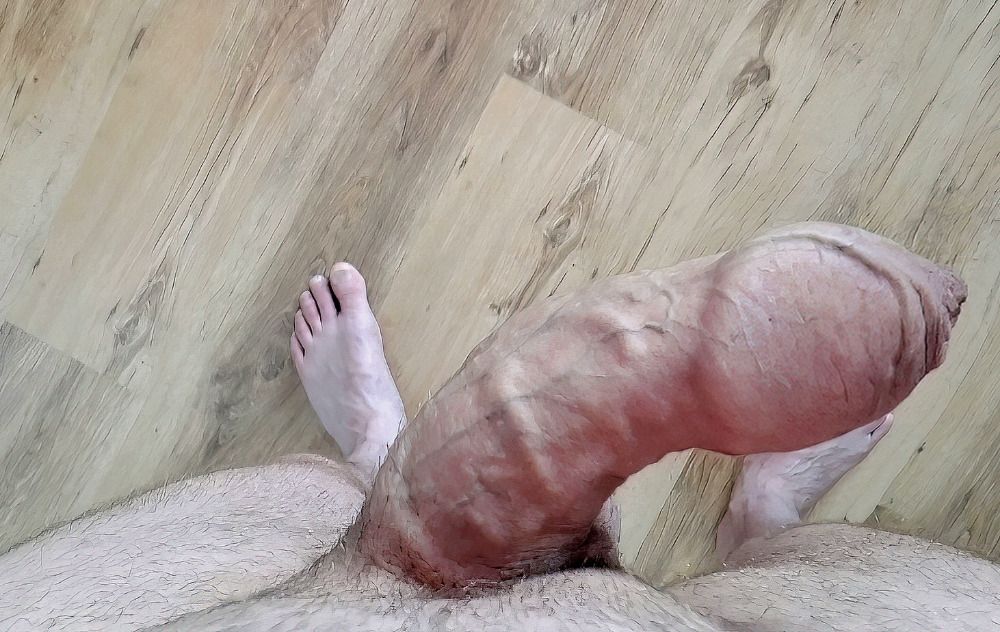
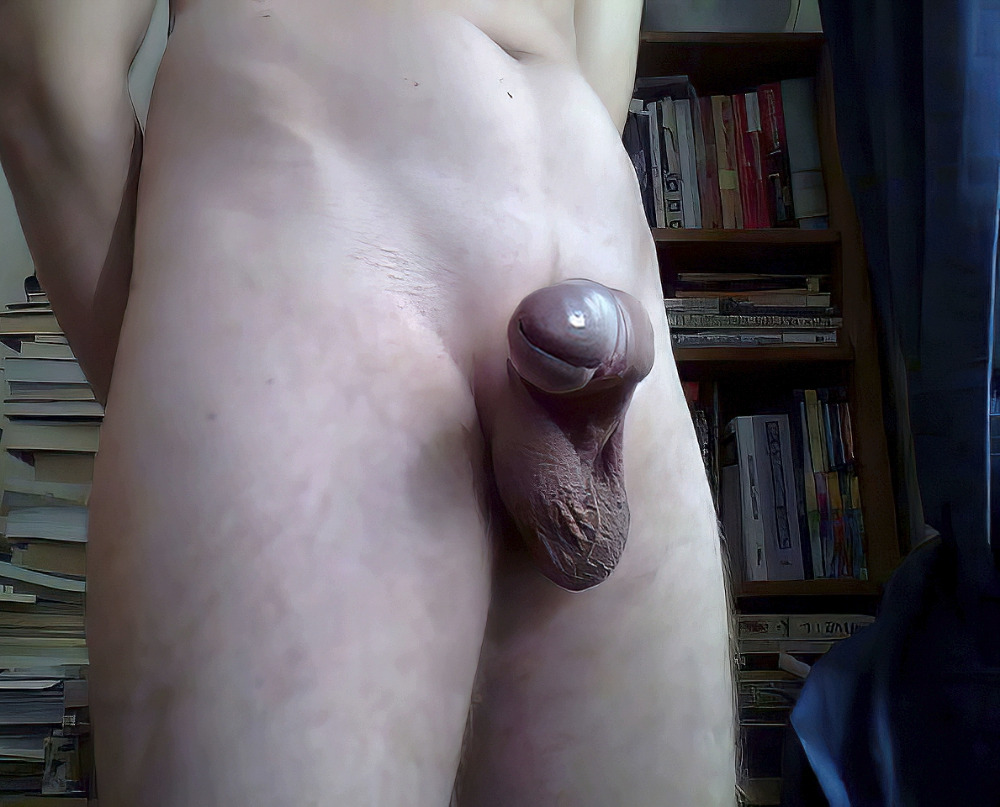
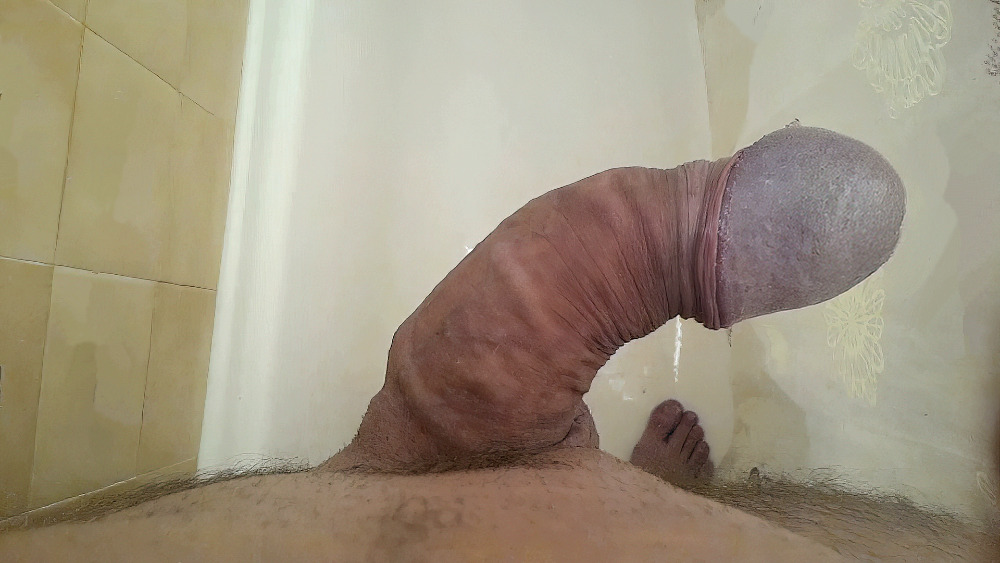
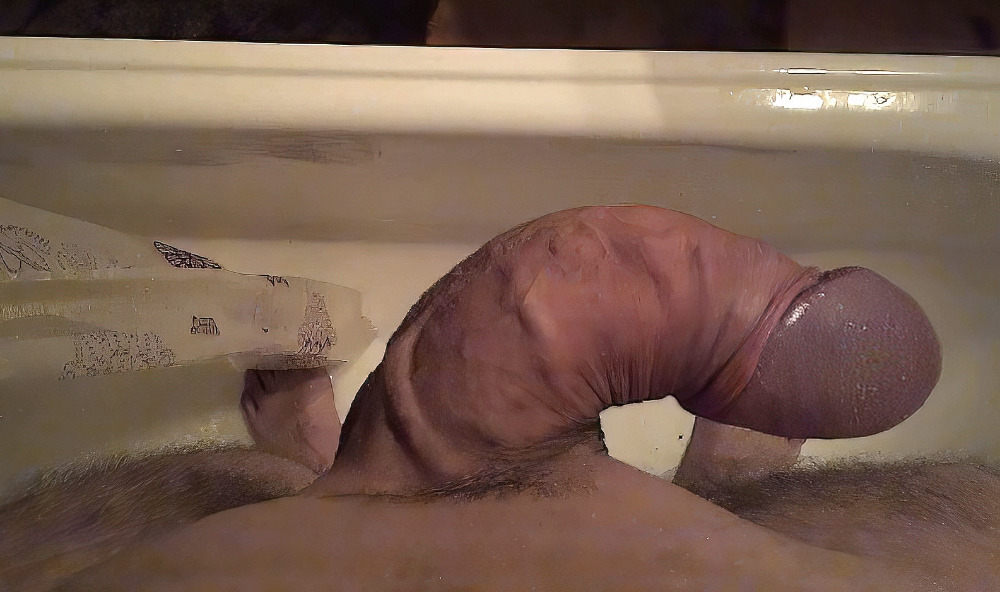

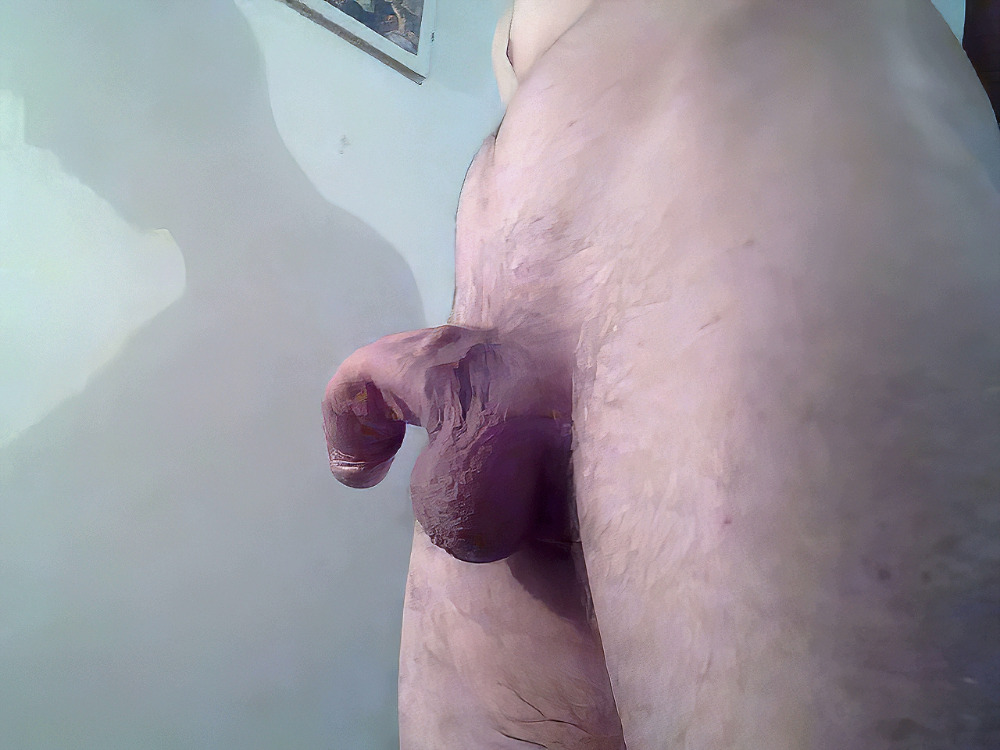
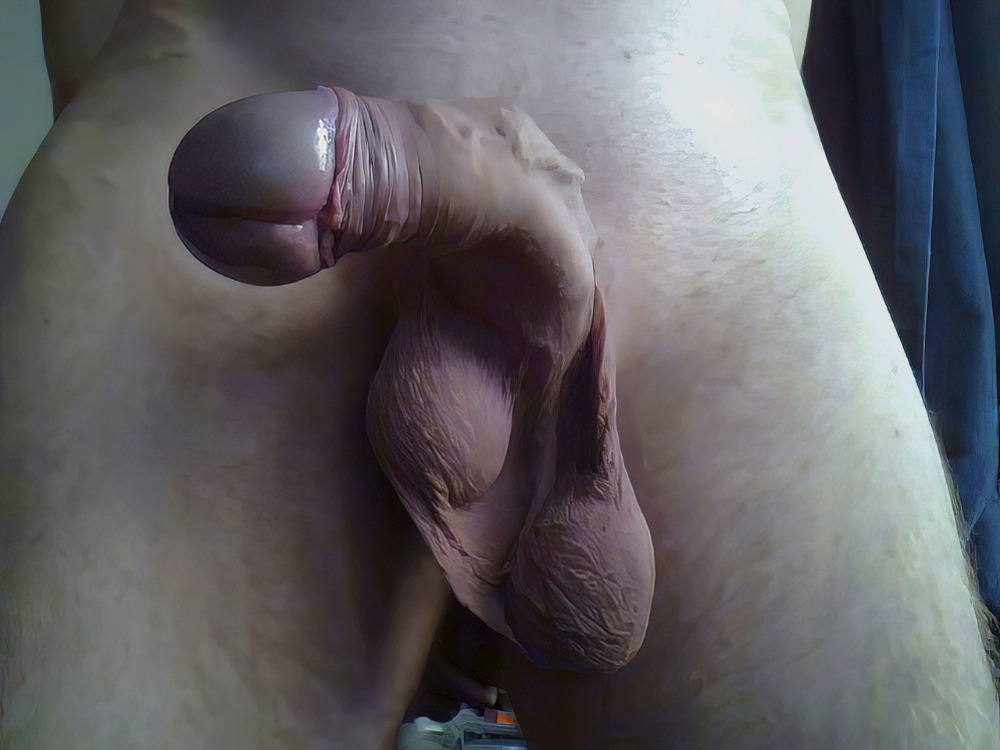
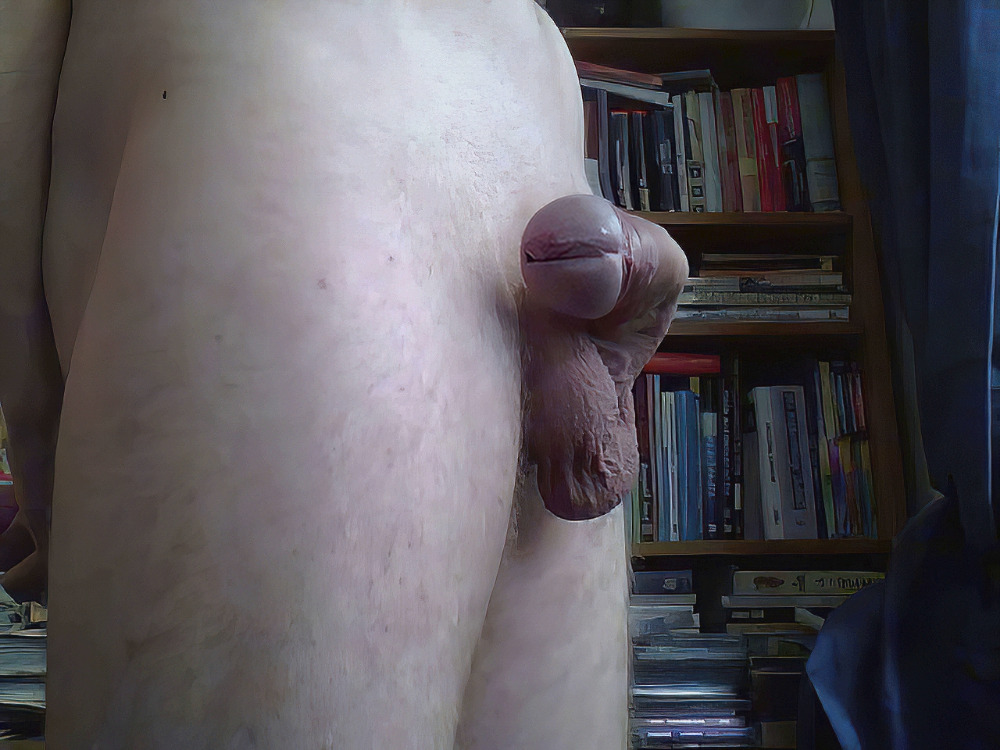
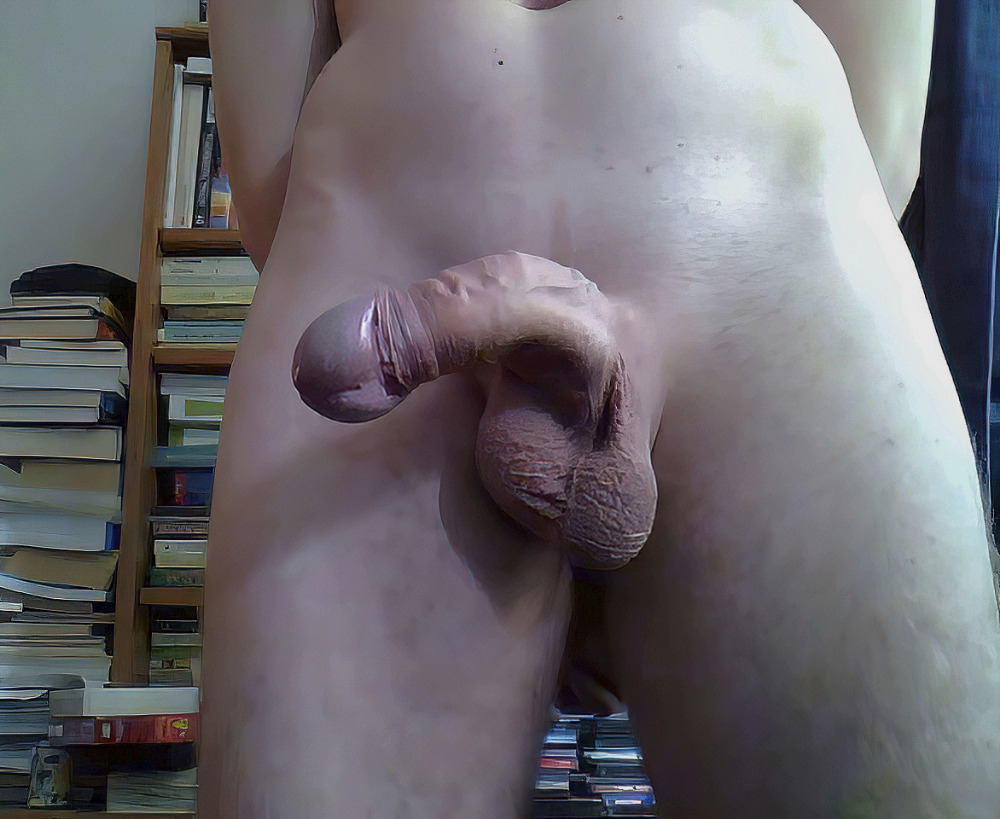
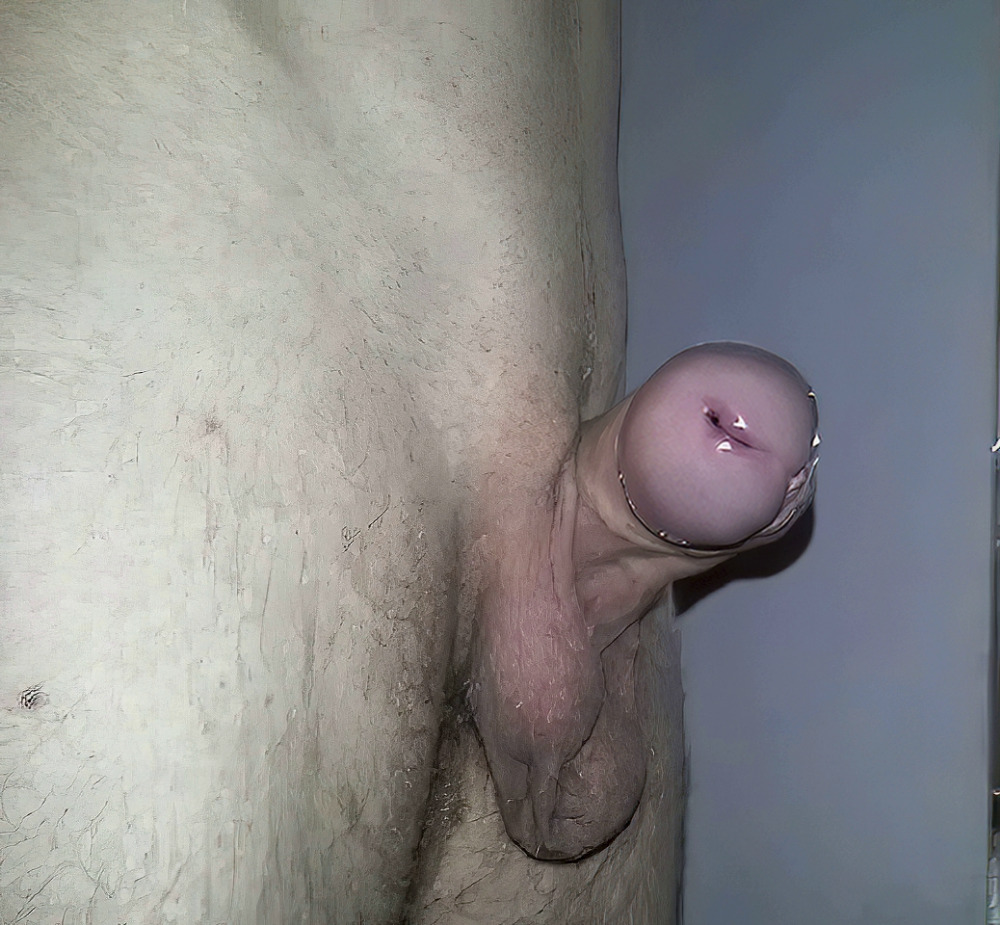
RELATED ARTICLES:
